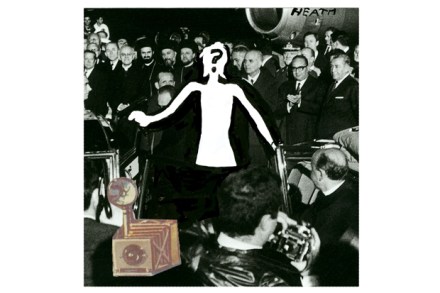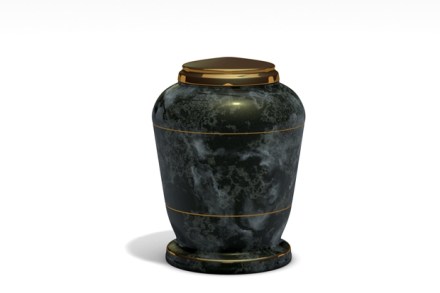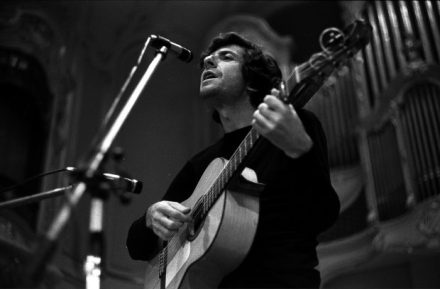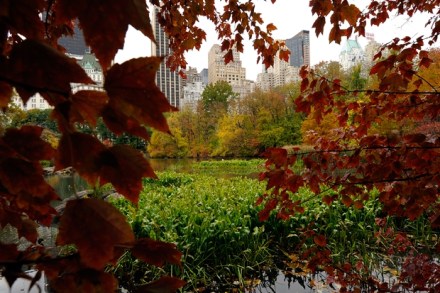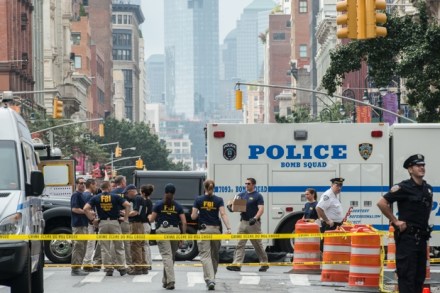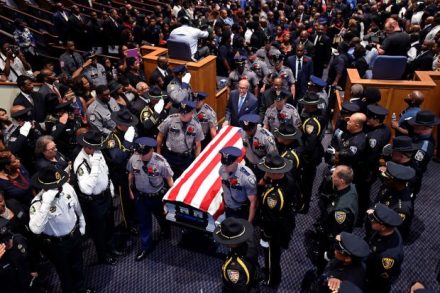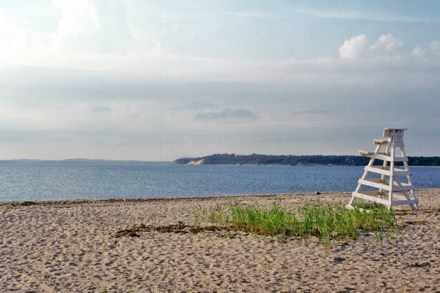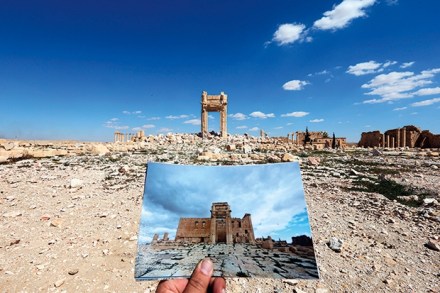Traveller’s Notebook
I was drinking in the bar of Manhattan’s Nomad Hotel when in snuck The Most Seen Human Ever To Have Lived. This is an old puzzle: who is the most ‘observed in the flesh’ individual in history? Since we’re discounting depictions (paintings, photographs, films), it has to be someone alive in the jet age with a sustained international career and multi-generational appeal. John Paul II — who visited 129 countries — is a contender as, to a lesser extent, are Billy Graham, the Queen, Hitler, Stalin and Mao. But, for my money, there’s only one candidate: someone who’s still zigzagging the globe after five decades, appearing regularly in front of
